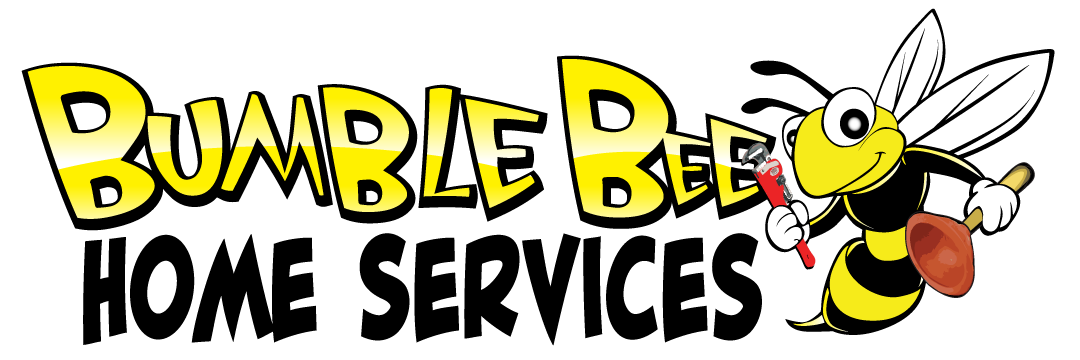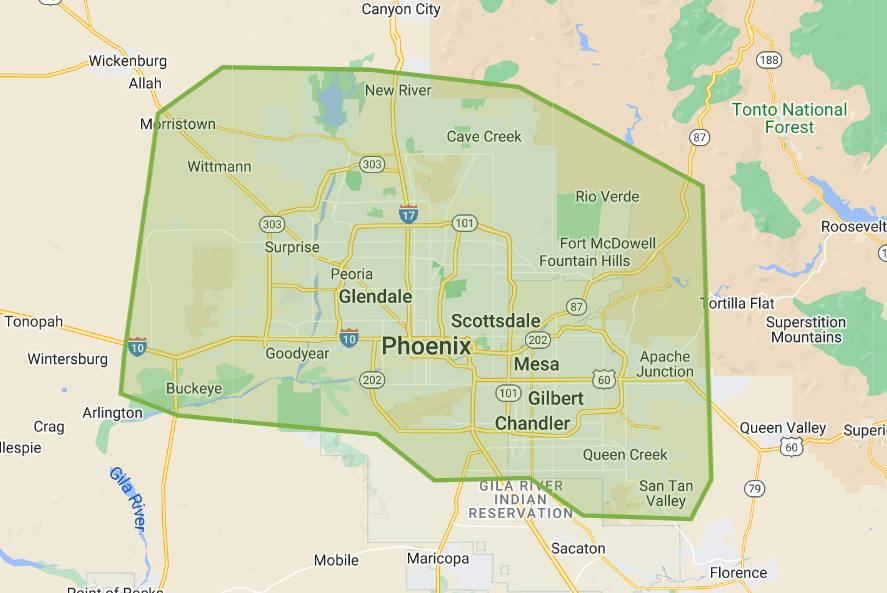Quality Sewer Line Repair in Surprise
While your sewer line can last more than 50 years, other exterior issues could greatly shorten its lifespan. On the outside of your house, tree roots can grow extensively and end up bursting through your main sewer line. In other cases, dumping your excess cooking grease down the drain can lead to a solid mass in your sewer pipe.
Here are some key indicators that will reveal a problem with your main sewer line.
- Indentation in your lawn
- Lush green patch on your lawn
- Sewage aroma
- Sewage on your lawn
- Sewage backup in your house
- Slow-draining sinks and tubs
The first telltale signs of a sewer line leak are likely to show up on your lawn. As the wastewater seeps out profusely, it can alter the landscape above in a couple of ways. First, you may notice an overly green and lush patch of grass develop on your lawn, situated right over your sewer line. In other cases, you may see a new indentation form on your lawn as the soil settles down due to the excess dampness.
As the break gets worse, you may notice a sewage odor outside, or sewage may show up on the surface of your lawn. Inside, sewage can ultimately back up in your toilets, drains, and even sinks. In cases where the sewage line has a hard mass inside of it, such as dried grease, you’ll experience slower and slower drainage from your tubs and sinks.
When our plumbing professionals assess the situation and determine that your sewer line needs repair, we’ll recommend trenchless sewer line repair service. Instead of bringing in heavy equipment and ripping up your lawn to access your main sewer pipe, we’ll use specialized underground technology to make the repairs.
A common solution is to do trenchless replacement of your existing sewer line. This process happens in one of two ways. First, we can use a specialized head to go through the space where your existing sewer pipe is and burst it into pieces. Then, replace the open space with a new piping material. The second option is to simply install a pipe liner inside your existing sewage pipe. This adheres to its interior and creates a watertight bond, so no more sewage can leak out.



 Contact Us
Contact Us 

